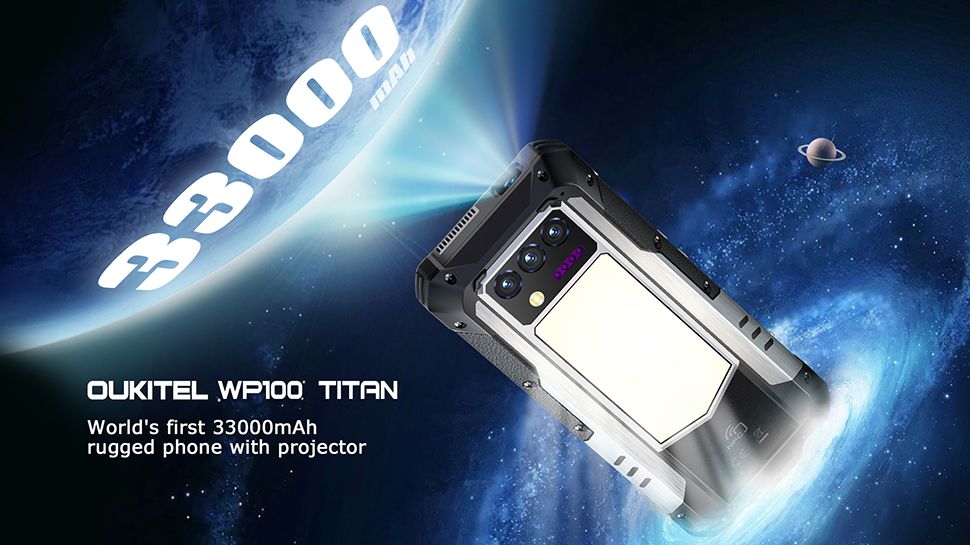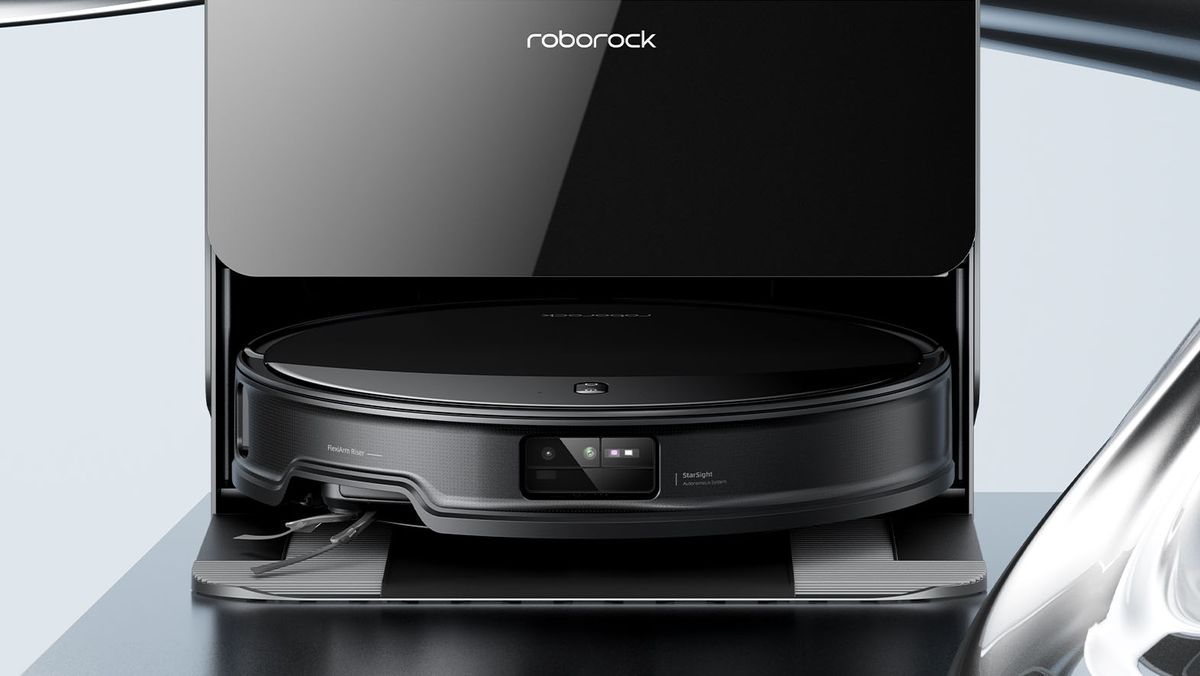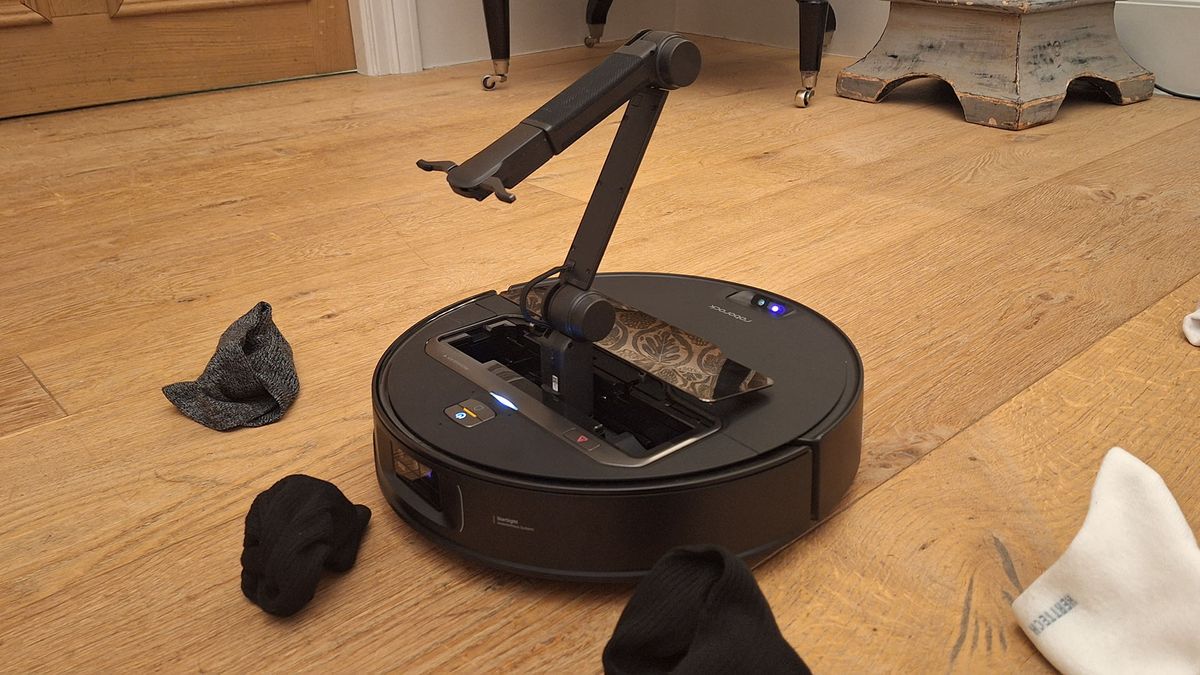Around noon on Nov. 17, Sam Altman, the chief executive of OpenAI, logged into a video call from a luxury hotel in Las Vegas. He was in the city for its inaugural Formula 1 race, which had drawn 315,000 visitors including Rihanna and Kylie Minogue.
Mr. Altman, who had parlayed the success of OpenAI’s ChatGPT chatbot into personal stardom beyond the tech world, had a meeting lined up that day with Ilya Sutskever, the chief scientist of the artificial intelligence start-up. But when the call started, Mr. Altman saw that Dr. Sutskever was not alone — he was virtually flanked by OpenAI’s three independent board members.
Instantly, Mr. Altman knew something was wrong.
Unbeknownst to Mr. Altman, Dr. Sutskever and the three board members had been whispering behind his back for months. They believed Mr. Altman had been dishonest and should no longer lead a company that was driving the A.I. race. On a hush-hush 15-minute video call the previous afternoon, the board members had voted one by one to push Mr. Altman out of OpenAI.
Now they were delivering the news. Shocked that he was being fired from a start-up he had helped found, Mr. Altman widened his eyes and then asked, “How can I help?” The board members urged him to support an interim chief executive. He assured them that he would.
Within hours, Mr. Altman changed his mind and declared war on OpenAI’s board.
His ouster was the culmination of years of simmering tensions at OpenAI that pit those alarmed by A.I.’s power against others who saw the technology as a once-in-a-lifetime profit and prestige bonanza. As divisions deepened, the organization’s leaders sniped and turned on one another. That led to a boardroom brawl that ultimately showed who has the upper hand in A.I.’s future development: Silicon Valley’s tech elite and deep-pocketed corporate interests.
The drama embroiled Microsoft, which had committed $13 billion to OpenAI and weighed in to protect its investment. Many top Silicon Valley executives and investors, including the chief executive of Airbnb, also mobilized to support Mr. Altman.
Some fought back from Mr. Altman’s $27 million mansion in San Francisco’s Russian Hill neighborhood, lobbying through social media and voicing their displeasure in private text threads, according to interviews with more than 25 people with knowledge of the events. Many of their conversations and the details of their confrontations have not been previously reported.
At the center of the storm was Mr. Altman, a 38-year-old multimillionaire. A vegetarian who raises cattle and a tech leader with little engineering training, he is driven by a hunger for power more than by money, a longtime mentor said. And even as Mr. Altman became A.I.’s public face, charming heads of state with predictions of the technology’s positive effects, he privately angered those who believed he ignored its potential dangers.
OpenAI’s chaos has raised new questions about the people and companies behind the A.I. revolution. If the world’s premier A.I. start-up can so easily plunge into crisis over backbiting behavior and slippery ideas of wrongdoing, can it be trusted to advance a technology that may have untold effects on billions of people?
“OpenAI’s aura of invulnerability has been shaken,” said Andrew Ng, a Stanford professor who helped found the A.I. labs at Google and the Chinese tech giant Baidu.
An Incendiary Mix
From the moment it was created in 2015, OpenAI was primed to combust.
The San Francisco lab was founded by Elon Musk, Mr. Altman, Dr. Sutskever and nine others. Its goal was to build A.I. systems to benefit all of humanity. Unlike most tech start-ups, it was established as a nonprofit with a board that was responsible for making sure it fulfilled that mission.
The board was stacked with people who had competing A.I. philosophies. On one side were those who worried about A.I.’s dangers, like Mr. Musk, who left OpenAI in a huff in 2018. On the other were Mr. Altman and those focused more on the technology’s potential benefits.
In 2019, Mr. Altman — who had extensive contacts in Silicon Valley as president of the start-up incubator Y Combinator — became OpenAI’s chief executive. He would own just a tiny stake in the start-up.
“Why is he working on something that won’t make him richer? One answer is that lots of people do that once they have enough money, which Sam probably does,” said Paul Graham, a founder of Y Combinator and Mr. Altman’s mentor. “The other is that he likes power.”
Mr. Altman quickly changed OpenAI’s direction by creating a for-profit subsidiary and raising $1 billion from Microsoft, spurring questions about how that would work with the board’s mission of safe A.I.
Earlier this year, departures shrank OpenAI’s board to six people from nine. Three — Mr. Altman, Dr. Sutskever and Greg Brockman, OpenAI’s president — were founders of the lab. The others were independent members.
Helen Toner, a director of strategy at Georgetown University’s Center for Security and Emerging Technology, was part of the effective altruist community that believes A.I. could one day destroy humanity. Adam D’Angelo had long worked with A.I. as the chief executive of the question-and-answer website Quora. Tasha McCauley, an adjunct scientist at the RAND Corporation, had worked on tech and A.I. policy and governance issues and taught at Singularity University, which was named for the moment when machines can no longer be controlled by their creators.
They were united by a concern that A.I. could become more intelligent than humans.
Tensions Mount
After OpenAI introduced ChatGPT last year, the board became jumpier.
As millions of people used the chatbot to write love letters and brainstorm college essays, Mr. Altman embraced the spotlight. He appeared with Satya Nadella, Microsoft’s chief executive, at tech events. He met President Biden and embarked on a 21-city global tour, hobnobbing with leaders like Prime Minister Narendra Modi of India.
Yet as Mr. Altman raised OpenAI’s profile, some board members worried that ChatGPT’s success was antithetical to creating safe A.I., two people familiar with their thinking said.
Their concerns were compounded when they clashed with Mr. Altman in recent months over who should fill the board’s three open seats.
In September, Mr. Altman met investors in the Middle East to discuss an A.I. chip project. The board was concerned that he wasn’t sharing all his plans with it, three people familiar with the matter said.
Dr. Sutskever, 37, who helped pioneer modern A.I., was especially disgruntled. He had become fearful that the technology could wipe out humanity. He also believed that Mr. Altman was bad-mouthing the board to OpenAI executives, two people with knowledge of the situation said. Other employees have also complained to the board about Mr. Altman’s behavior.
In October, Mr. Altman promoted another OpenAI researcher to the same level as Dr. Sutskever, who saw it as a slight. Dr. Sutskever told several board members that he might quit, two people with knowledge of the matter said. The board interpreted the move as an ultimatum to choose between him and Mr. Altman, the people said.
Dr. Sutskever’s lawyer said it was “categorically false” that he had threatened to quit.
Another conflict erupted in October when Ms. Toner published a paper, “Decoding Intentions: Artificial Intelligence and Costly Signals,” at her Georgetown think tank. In it, she and her co-authors praised Anthropic, an OpenAI rival, for delaying a product release and avoiding the “frantic corner-cutting that the release of ChatGPT appeared to spur.”
Mr. Altman was displeased, especially since the Federal Trade Commission had begun investigating OpenAI’s data collection. He called Ms. Toner, saying her paper “could cause problems.”
The paper was merely academic, Ms. Toner said, offering to write an apology to OpenAI’s board. Mr. Altman accepted. He later emailed OpenAI’s executives, telling them that he had reprimanded Ms. Toner.
“I did not feel we’re on the same page on the damage of all this,” he wrote.
Mr. Altman called other board members and said Ms. McCauley wanted Ms. Toner removed from the board, people with knowledge of the conversations said. When board members later asked Ms. McCauley if that was true, she said that was “absolutely false.”
“This significantly differs from Sam’s recollection of these conversations,” an OpenAI spokeswoman said, adding that the company was looking forward to an independent review of what transpired.
Some board members believed that Mr. Altman was trying to pit them against each other. Last month, they decided to act.
Dialing in from Washington, Los Angeles and the San Francisco Bay Area, they voted on Nov. 16 to dismiss Mr. Altman. OpenAI’s outside lawyer advised them to limit what they said publicly about the removal.
Fearing that if Mr. Altman got wind of their plan he would marshal his network against them, they acted quickly and secretly.
What Did Sam Do?
When news broke of Mr. Altman’s firing on Nov. 17, a text landed in a private WhatsApp group of more than 100 chief executives of Silicon Valley companies, including Meta’s Mark Zuckerberg and Dropbox’s Drew Houston.
“Sam is out,” the text said.
The thread immediately blew up with questions: What did Sam do?
That same query was being asked at Microsoft, OpenAI’s biggest investor. As Mr. Altman was being fired, Kevin Scott, Microsoft’s chief technology officer, got a call from Mira Murati, OpenAI’s chief technology officer. She told him that in a matter of minutes, OpenAI’s board would announce that it had canned Mr. Altman and that she was the interim chief.
Mr. Scott immediately asked someone at Microsoft’s headquarters in Redmond, Wash., to get Mr. Nadella, the chief executive, out of a meeting he was having with top lieutenants. Shocked, Mr. Nadella called Ms. Murati about the OpenAI board’s reasoning, three people with knowledge of the call said. In a statement, OpenAI’s board had said only that Mr. Altman “was not consistently candid in his communications” with the board. Ms. Murati didn’t have answers.
Mr. Nadella then phoned Mr. D’Angelo, OpenAI’s lead independent director. What could Mr. Altman have done, Mr. Nadella asked, to cause the board to act so abruptly? Was there anything nefarious?
“No,” Mr. D’Angelo replied, speaking in generalities. Mr. Nadella remained confused.
Turning the Tables
Shortly after Mr. Altman’s removal from OpenAI, a friend reached out to him. It was Brian Chesky, Airbnb’s chief executive.
Mr. Chesky asked Mr. Altman what he could do to help. Mr. Altman, who was still in Las Vegas, said he wanted to talk.
The two men had met in 2009 at Y Combinator. When they spoke on Nov. 17, Mr. Chesky peppered Mr. Altman with questions about why OpenAI’s board had terminated him. Mr. Altman said he was as uncertain as everyone else.
At the same time, OpenAI’s employees were demanding details. The board dialed into a call that afternoon to talk to about 15 OpenAI executives, who crowded into a conference room at the company’s offices in a former mayonnaise factory in San Francisco’s Mission neighborhood.
The board members said that Mr. Altman had lied to the board, but that they couldn’t elaborate for legal reasons.
“This is a coup,” one employee shouted.
Jason Kwon, OpenAI’s chief strategy officer, accused the board of violating its fiduciary responsibilities. “It cannot be your duty to allow the company to die,” he said, according to two people with knowledge of the meeting.
Ms. Toner replied, “The destruction of the company could be consistent with the board’s mission.”
OpenAI’s executives insisted that the board resign that night or they would all leave. Mr. Brockman, 35, OpenAI’s president, had already quit.
The support gave Mr. Altman ammunition. He flirted with creating a new start-up, but Mr. Chesky and Ron Conway, a Silicon Valley investor and friend, urged Mr. Altman to reconsider.
“You should be willing to fight back at least a little more,” Mr. Chesky told him.
Mr. Altman decided to take back what he felt was his.
Pressuring the Board
After flying back from Las Vegas, Mr. Altman awoke on Nov. 18 in his San Francisco home, with sweeping views of Alcatraz Island. Just before 8 a.m., his phone rang. It was Mr. D’Angelo and Ms. McCauley.
The board members were rattled by the meeting with OpenAI executives the day before. Customers were considering shifting to rival platforms. Google was already trying to poach top talent, two people with knowledge of the efforts said.
Mr. D’Angelo and Ms. McCauley asked Mr. Altman to help stabilize the company.
That day, more than two dozen supporters showed up at Mr. Altman’s house to lobby OpenAI’s board to reinstate him. They set up laptops on his kitchen’s white marble countertops and spread out across his living room. Ms. Murati joined them and told the board that she could no longer be interim chief executive.
To capitalize on the board’s vulnerability, Mr. Altman posted on X: “i love openai employees so much.” Ms. Murati and dozens of employees replied with emojis of colored hearts.
Yet even as the board considered bringing Mr. Altman back, it wanted concessions. That included bringing on new members who could control Mr. Altman. The board encouraged the addition of Bret Taylor, Twitter’s former chairman, who quickly won everyone’s approval and agreed to help the parties negotiate. As insurance, the board also sought another interim chief executive in case talks with Mr. Altman broke down.
By then, Mr. Altman had gathered more allies. Mr. Nadella, now confident that Mr. Altman was not guilty of malfeasance, threw Microsoft’s weight behind him.
In a call with Mr. Altman that day, Mr. Nadella proposed another idea. What if Mr. Altman joined Microsoft? The $2.8 trillion company had the computing power for anything that he wanted to build.
Mr. Altman now had two options: negotiating a return to OpenAI on his terms or taking OpenAI’s talent with him to Microsoft.
The Board Stands Firm
By Nov. 19, Mr. Altman was so confident that he would be reappointed chief executive that he and his allies gave the board a deadline: Resign by 10 a.m. or everyone would leave.
Mr. Altman went to OpenAI’s office so he could be there when his return was announced. Mr. Brockman also showed up with his wife, Anna. (The couple had married at OpenAI’s office in a 2019 ceremony officiated by Dr. Sutskever. The ring bearer was a robotic hand.)
To reach a deal, Ms. Toner, Ms. McCauley and Mr. D’Angelo logged into a day of meetings from their homes. They said they were open to Mr. Altman’s return if they could agree on new board members.
Mr. Altman and his camp suggested Penny Pritzker, a secretary of commerce under President Barack Obama; Diane Greene, who founded the software company VMware; and others. But Mr. Altman and the board could not agree, and they bickered over whether he should rejoin OpenAI’s board and whether a law firm should conduct a review of his leadership.
With no compromise in sight, board members told Ms. Murati that evening that they were naming Emmett Shear, a founder of Twitch, a video-streaming service owned by Amazon, as interim chief executive. Mr. Shear was outspoken about developing A.I. slowly and safely.
Mr. Altman left OpenAI’s office in disbelief. “I’m going to Microsoft,” he told Mr. Chesky and others.
That night, Mr. Shear visited OpenAI’s offices and convened an employee meeting. The company’s Slack channel lit up with emojis of a middle finger.
Only about a dozen workers showed up, including Dr. Sutskever. In the lobby, Anna Brockman approached him in tears. She tugged his arm and urged him to reconsider Mr. Altman’s removal. He stood stone-faced.
Breaking the Logjam
At 4:30 a.m. on Nov. 20, Mr. D’Angelo was awakened by a phone call from a frightened OpenAI employee. If Mr. D’Angelo didn’t step down from the board in the next 30 minutes, the employee said, the company would collapse.
Mr. D’Angelo hung up. Over the past few hours, he realized, things had worsened.
Just before midnight, Mr. Nadella had posted on X that he was hiring Mr. Altman and Mr. Brockman to lead a lab at Microsoft. He had invited other OpenAI employees to join.
That morning, more than 700 of OpenAI’s 770 employees had also signed a letter saying they might follow Mr. Altman to Microsoft unless the board resigned.
One name on the letter stood out: Dr. Sutskever, who had changed sides. “I deeply regret my participation in the board’s actions,” he wrote on X that morning.
OpenAI’s viability was in question. The board members had little choice but to negotiate.
To break the impasse, Mr. D’Angelo and Mr. Altman talked the next day. Mr. D’Angelo suggested former Treasury Secretary Lawrence H. Summers, a professor at Harvard, for the board. Mr. Altman liked the idea.
Mr. Summers, from his Boston-area home, spoke with Mr. D’Angelo, Mr. Altman, Mr. Nadella and others. Each probed him for his views on A.I. and management, while he asked about OpenAI’s tumult. He said he wanted to be sure that he could play the role of a broker.
Mr. Summers’s addition pushed Mr. Altman to abandon his demand for a board seat and agree to an independent investigation of his leadership and dismissal.
By late Nov. 21, they had a deal. Mr. Altman would return as chief executive, but not to the board. Mr. Summers, Mr. D’Angelo and Mr. Taylor would be board members, with Microsoft eventually joining as a nonvoting observer. Ms. Toner, Ms. McCauley and Dr. Sutskever would leave the board.
This week, Mr. Altman and some of his advisers were still fuming. They wanted his name cleared.
“Do u have a plan B to stop the postulation about u being fired its not healthy and its not true!!!” Mr. Conway texted Mr. Altman.
Mr. Altman said he was working with OpenAI’s board: “They really want silence but i think important to address soon.”
Nico Grant contributed reporting from San Francisco. Susan Beachy contributed research.





